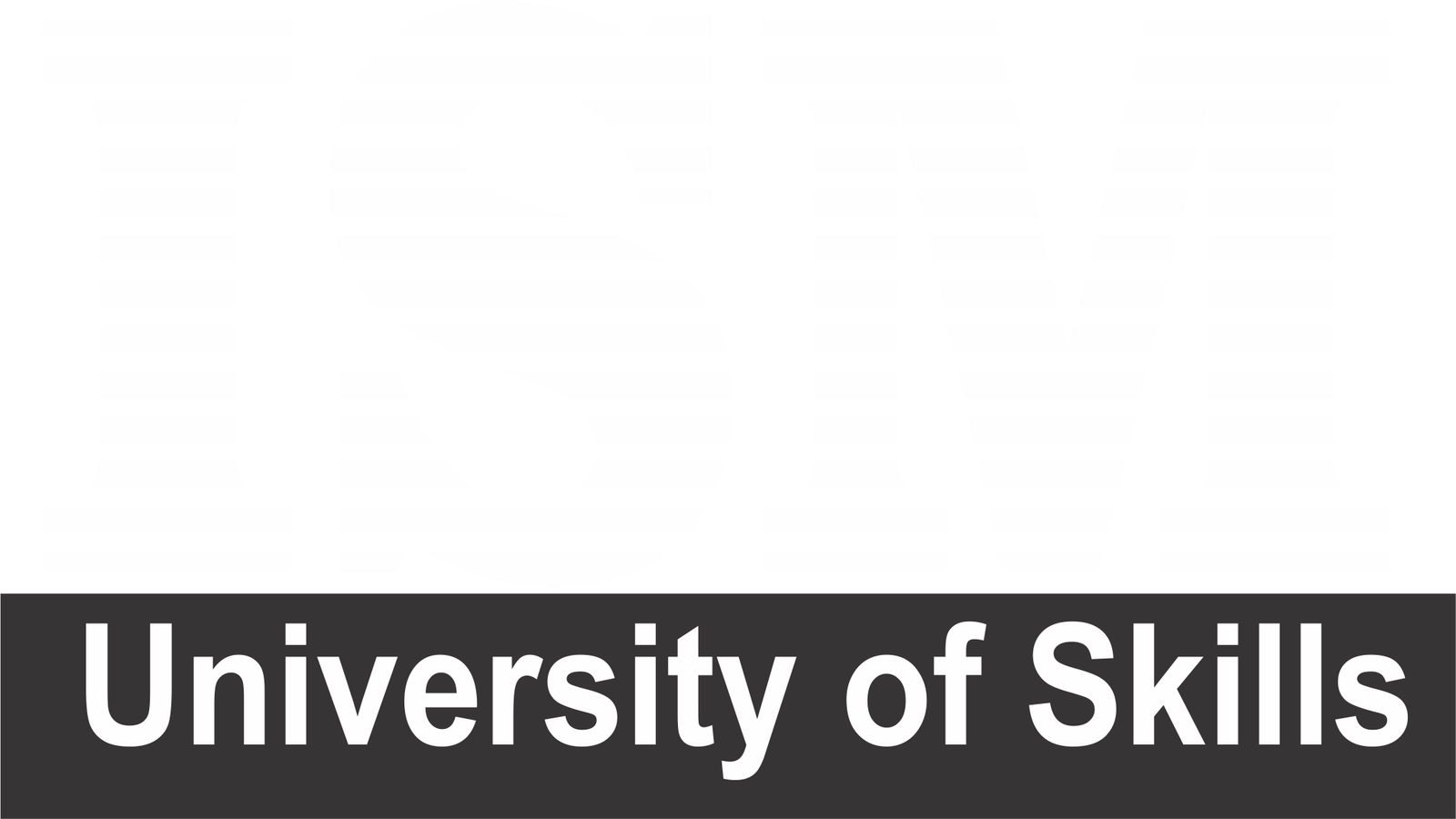A wide variety of industries rely on embedded systems to posmuniv.comwer their products, such as smart appliances, medical devices, automotive systems, and industrial machinery. Embedded systems must be designed with the right set of tools in order to be robust and efficient. To help you streamline your workflow and create high-quality embedded solutions, we will explore the essential tools needed for embedded systems development.
Integrated Development Environments (IDEs): IDEs provide a comprehensive environment for writing, debugging, and managing embedded system projects. Code editing, project management, and real-time debugging are some of the features offered by popular IDEs such as Eclipse, Keil, and MPLAB X IDE.
Compilers and Cross-compilers: Compilers convert human-readable code into machine-readable instructions. Compilers like GCC (GNU Compiler Collection) and ARM Compiler generate optimized code for embedded systems. The cross-compiler, on the other hand, makes it possible to develop software on one platform and compile it for a different embedded target, which facilitates the efficient execution of the code.
Debugging Tools: Embedded systems require debugging tools to identify and resolve software and hardware problems. In order to ensure system stability and reliability, developers use tools such as JTAG debuggers, logic analyzers, and oscilloscopes to trace code execution, analyze signals, and troubleshoot hardware interactions.
Prototyping Platforms: Hardware prototyping platforms such as Arduino, Raspberry Pi, and BeagleBone enable quick and cost-effective development and testing of embedded systems. Developers can quickly prototype and validate their ideas on these platforms using integrated development environments, libraries, and a vast community.
Simulation and Modeling Tools: These tools allow developers to simulate embedded systems and test their functionality without having to use any physical hardware. Electronic components, sensors, and microcontrollers can be simulated using tools such as MATLAB/Simulink, Proteus, and QEMU, which facilitates early-stage development, system optimization, and integration testing.
Real-time Operating Systems (RTOS): Provide precise timing, task scheduling, and resource management for embedded systems. C/OS-II, FreeRTOS, and ThreadX are some of the most popular RTOS options. By using an RTOS, developers can design complex embedded applications that require real-time responsiveness, efficiency, and determinism.
Communication and Networking Tools: It is common for embedded systems to communicate with other devices or networks. Embedded systems can interact with other systems, cloud platforms, or the Internet using tools such as serial communication libraries, Ethernet drivers, and wireless protocols (e.g., Wi-Fi, Bluetooth, MQTT).
Testing and Verification Tools: An embedded system’s software must be tested and verified to ensure reliability, robustness, and quality. It is possible to detect and prevent software bugs with the help of tools such as unit testing frameworks (e.g., Unity, CppUTest), code coverage analyzers, and static analysis tools.
Power Optimization Tools: Power optimization tools are essential for embedded systems that run on batteries or are energy-efficient. In addition to profiling power consumption, these tools identify energy-hungry components and optimize code and hardware configurations to maximize battery life and minimise power consumption.
Documentation and Collaboration Tools: For embedded system development to succeed, it is essential to have effective documentation and collaboration tools. Collaboration, version control, knowledge sharing, and project management are all made easier by tools such as version control systems (e.g., Git), project management platforms (e.g., JIRA), and collaborative document sharing platforms (e.g., Confluence).
It is necessary to use a wide range of tools when developing embedded systems. Utilizing integrated development environments, compilers, debugging tools, and prototyping platforms

